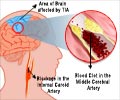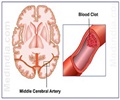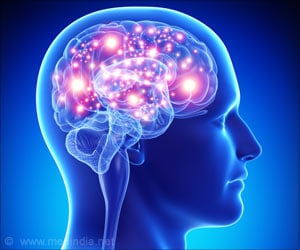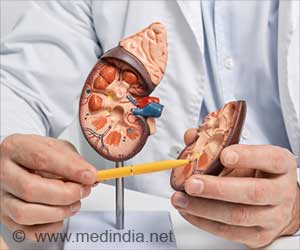According to a new study it is observed that women are more likely to experience non-specific and non-traditional symptoms when they have a stroke.
According to a new study it is observed that women are more likely to experience non-specific and non-traditional symptoms when they have a stroke. Previous research shows that women are less likely to get prompt treatment after a stroke than men. This is a serious issue, for 'clotbusting' drugs must be given very rapidly if they are to reduce mortality and disability. US stroke researchers now suggest why there could be a delay in diagnosing stroke among women.
The traditional symptoms of stroke include sudden weakness and/or paralysis of one side of the body, balance problems, visual disturbances and speech difficulties. But some people with stroke experience unexpected symptoms, such as headache, limb pain, hiccups, nausea and chest pain.A survey of 1,245 men and women presenting with what was later diagnosed as acute stroke revealed some interesting gender differences. Overall, 30% of the women reported non-traditional stroke symptoms, compared to 15% of men. The researchers also found that men were more likely to report imbalance and paralysis, while women were more likely to experience pain. The findings suggest that everyone should be alert to any unusual symptom, and doctors should be aware that stroke - especially among women - won't always present in the conventional way.











